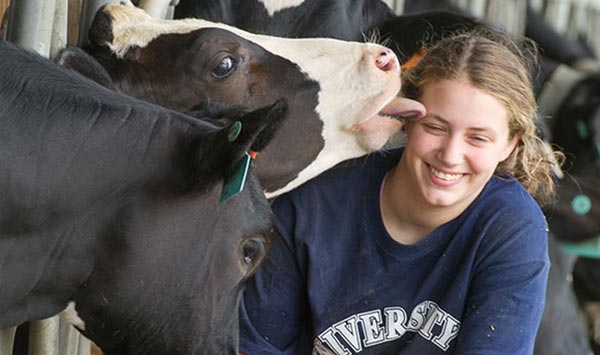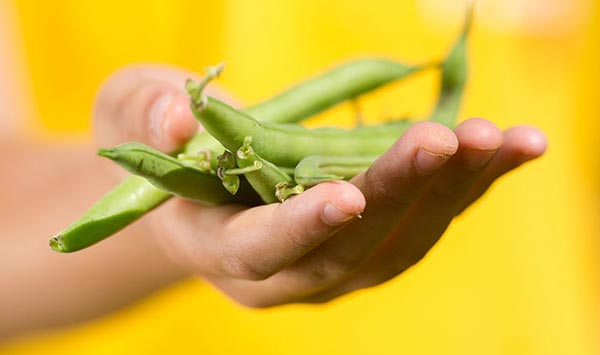PFAS and the Maine Food System

PFAS (per- and polyfluoroalkyl substances) are a group of man-made chemicals that have been used since the 1940s in household products and industrial settings for their ability to repel oil, grease, water, and heat. PFAS can be found in fire retardants, non-stick cookware, and some manufacturing facilities.
Keep in Mind:
- PFAS are getting a great deal of press because we are only recently learning the extent of their presence in Maine.
- Most people are exposed to PFAS from either diet, drinking water or both. Young children are also exposed from household dust that can contain PFAS from its use to make furniture and carpets stain resistant. Food from a farm or garden impacted by PFAS may be another potential source of PFAS exposure.
- Research is ongoing and there is a lot we still don’t know about PFAS. Scientists of all types from Maine and elsewhere are working to bring more clarity and facts to light. In the future, this research will help us to more fully assess the risks posed by PFAS exposure.
- Uncertainty can be stressful. If PFAS exposure is a source of stress for you or your neighbors, please reach out to Maine 211 or call 2-1-1 for support resources.
University of Maine Cooperative Extension and other statewide partners are providing communities with important information and responses regarding PFAS.
To direct questions to University of Maine Cooperative Extension, please email: extension.PFASQuestions@maine.edu |

PFAS Research: Request for Applications (RFA)
UMaine Extension will distribute EPA funds to support research that advances the understanding and remediation of PFAS contamination within or related to food systems and in both natural and built environments. Click image, or button below, for award, timeline, pre-proposal/proposal components, submission and evaluation information.

Talking to Farm Customers About PFAS
Dairy | Livestock



